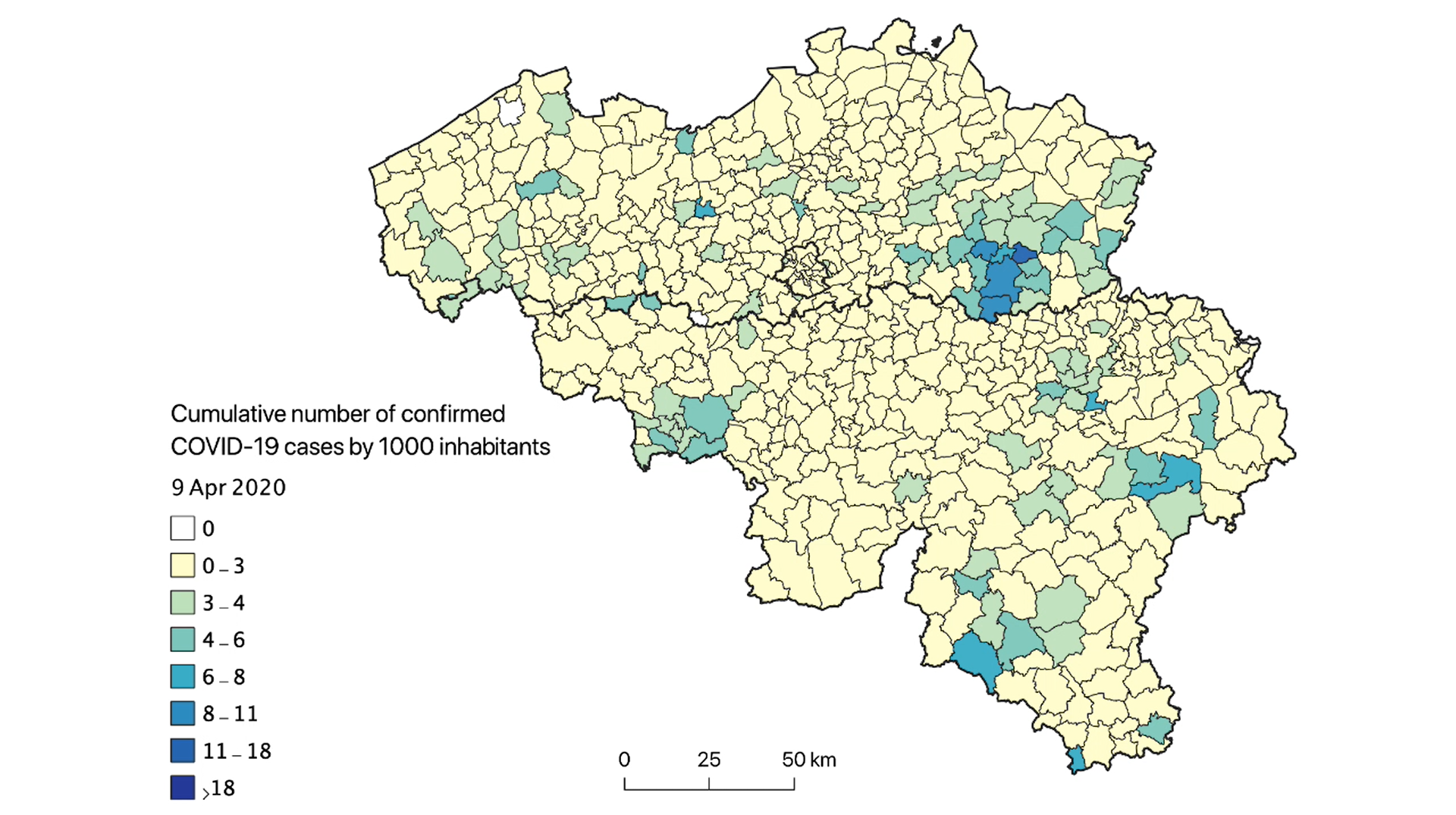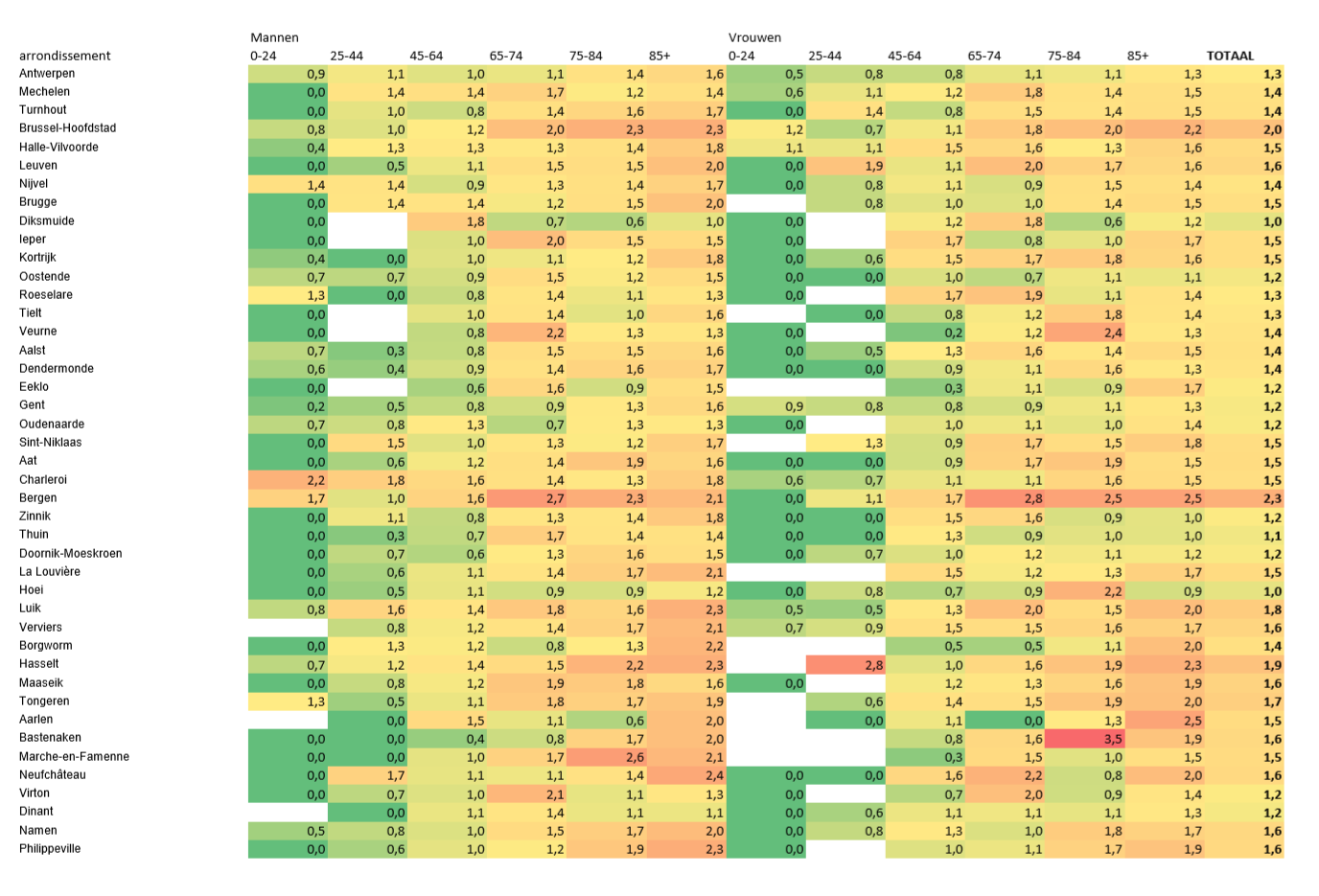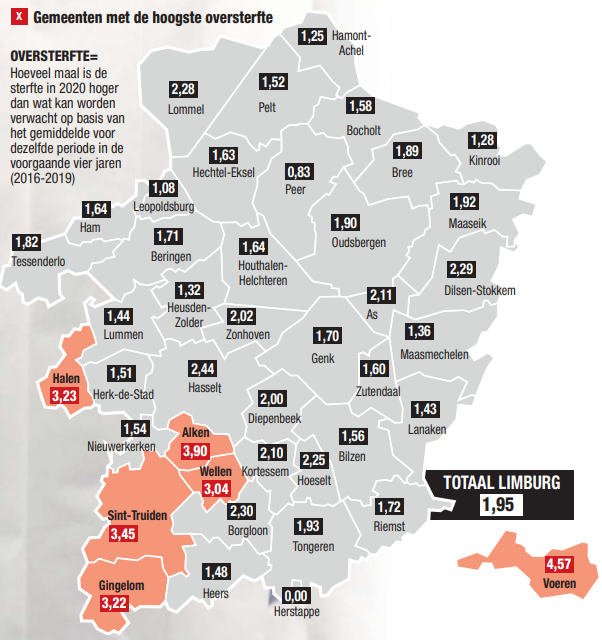Research
Monitor the situation
COVID-19 numbers explained
Opinion pieces
ID's Recommended reads
Research

Increased risk of Covid-19 in precarious but essential work situations.
Commissioned by the ETUI, the research institute of the European Trade Union Confederation, Damini Purkayastha, Christophe Vanroelen and their colleagues at VUB’s Interface Demography research group examined the relationship between occupational health and the Covid-19 pandemic. Prof Christophe Vanroelen: “Without a doubt, the most important conclusion of the study is that there are large inequalities in the way workers are confronted with the Covid-19 crisis. The nature of the work plays an important role: in some occupations, physical contact is unavoidable, safety measures are more difficult to implement or teleworking is not feasible. But the nature of work also plays a very important role.”
08/04/2021 – Interface Demography

More rental discrimination of Moroccan-Belgians because of Covid-19.
The global Covid-19 pandemic is a dramatic event that took the world by storm. A recent study of Pieter-Paul Verhaeghe and Abel Ghekiere of Interface Demography of the Vrije Universiteit Brussel examined the impact of the first Covid wave on the occurrence of ethnic discrimination on the rental housing market. They compared discrimination levels before the outbreak of the pandemic in Belgium with levels just after the first lockdown.
15/10/2020 – Interface Demography – Pieter-Paul Verhaeghe and Abel Ghekiere
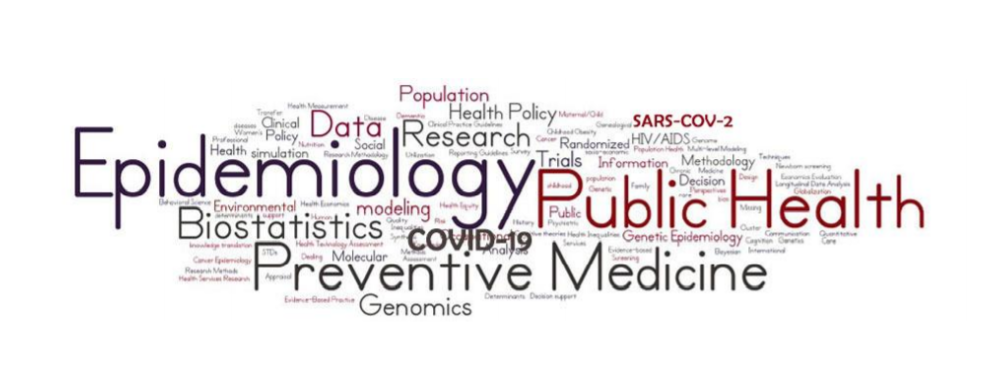
Rapport neergelegd op 15 juli 2020 voor de Eerste Minister, Mevrouw Sophie Wilmès. Epidemiologische evaluatie van de impact van Covid-19 in België op datum van 15 juli 2020
15/09/2020 – Interface Demography – Patrick Deboosere & Raphaël Lagasse

De Morgen: “Rapport rond oversterfte bewijst: we zijn niét het slechtste coronaland ter wereld”
28/08/2020 – Interface Demography – Patrick Deboosere
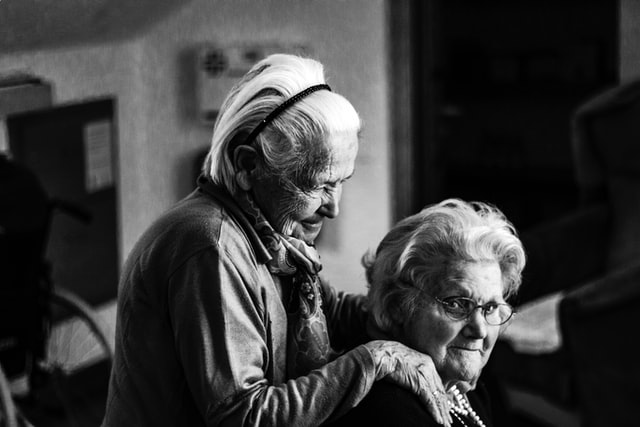
Oversterfte in de Belgische woonzorgcentra UPDATE
03/06/2020 – Interface Demography – Johan Surkyn

Wat doet Covid-19 met de regionale sterftepatronen in België?
29/05/2020 – Interface Demography – Patrick Deboosere & Johan Surkyn

De vergeten griepepidemieën
25/05/2020 – Interface Demography – Patrick Deboosere
Regional spread of CoviD-19: a time-lapse video
20/05/2020 – Interface Demography – Patrick Deboosere, Johan Surkyn & Rafael Costa
Update oversterfte tijdens de Covid-19 epidemie in de Belgische arrondissementen
Periode 16 maart 2020 tot 3 mei 2020
19/05/2020 – Interface Demography – Patrick Deboosere
Oversterfte tijdens de Covid-19 epidemie in de Belgische arrondissementen
Periode 10 maart 2020 tot 19 april 2020
07/05/2020 – Interface Demography – Patrick Deboosere
Oversterfte in België: een niet te miskennen indicator van de ernst van de crisis.
30/04/2020 – Interface Demography – Patrick Deboosere

De Spaanse Griep in België: 20.000 of 282.165 doden? Door Isabelle Devos
04/2020
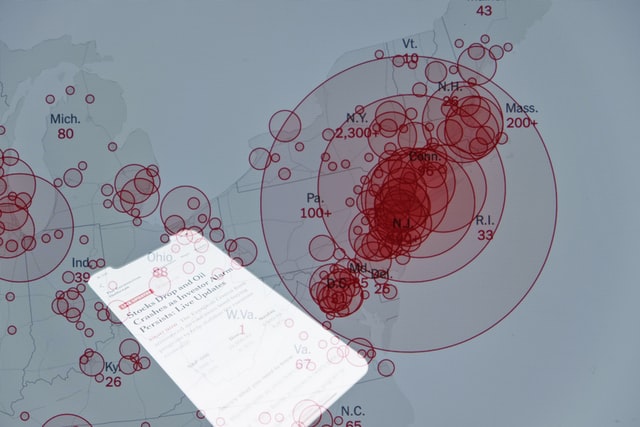
A demographic scaling model for estimating the total number of COVID-19 infections By Christina Bohk-Ewald, Christian Dudel, Mikko Myrskylä
24/04/2020
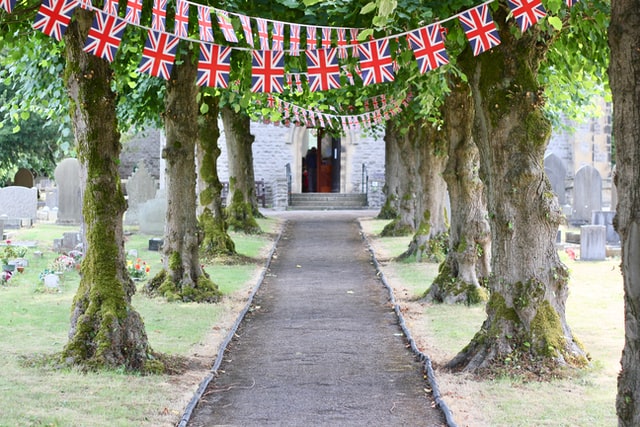
The Contribution of Age Structure to the Number of Deaths from Covid-19 in the UK by Geographical Units By Hill Kulu and Peter Dorey of the University of St Andrews, Centre for Population Change and School of Geography and Sustainable Development.
Remote and rural communities could suffer 50 to 80 percent higher death rates because of their older population composition.
22/04/2020

Demographic science aids in understanding the spread and fatality rates of COVID-19 By Jennifer Beam Dowd, Liliana Andriano, David M. Brazel, Valentina Rotondi, Xuejie Ding, Yan Liu, and Melinda C. Mills
08/04/2020
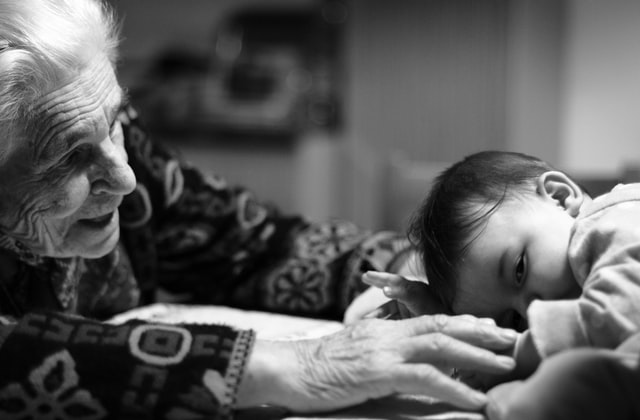
Monitoring trends and differences in COVID-19 case fatality rates using decomposition methods: Contributions of age structure and age-specific fatality By Christian Dudel, Tim Riffe, Enrique Acosta, Alyson A. van Raalte, Mikko Myrskyla.
08/04/2020
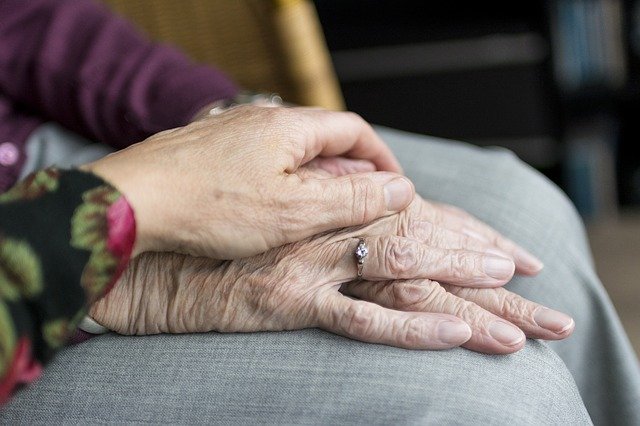
The Strength of Family Ties and COVID-19, by Nicoletta Balbo, Francesco C. Billari, and Alessia Melegaro of the Carlo F. Dondena Centre for Research on Social Dynamics (DONDENA), Bocconi University.
The role of intergenerational contacts in shaping the vulnerability of populations to the epidemic is researched using data from the SHARE and comparative surveys.
06/04/2020

A Demographer’s View of the Coronavirus Pandemic. By C. Jessica Metcalf of Princeton University.
13/03/2020
Monitor the situation
Here we provide several external links with reliable data that monitor the COVID-19 pandemic
Sciensano is a public institution charged with performing public and animal health assignments in Belgium at all national and international policy levels. The institute combines a multidisciplinary view on health with substantial scientific expertise to answer policy and research questions.
In view of covid-19, Sciensano provides weekly reports of the epidemiological situation, as well as detailed information for health professionals (e.g. case definitions and testing, procedures, communication materials).
The Belgian Statistical Bureau collects, produces, and disseminates reliable and important numbers pertaining to the Belgian economy, society, and territory. StatBel’s dedicated covid-19-data-page collects results on various statistics that are related to the spread of covid-19 in Belgium. Current death rates and comparisons with previous years take up the lion’s share of the visuals provided, but numbers and links on other themes (i.e. households, employment, care providers) can also be found.
Johns Hopkins University’s Center for Systems Science and Engineering (CSSE) developed and hosts an interactive web-based dashboard with real-time tracking of the covid-19 spread (numbers of cases, deaths, and recoveries for all affected countries). The data was first publicly visualized and shared on January 22nd, and can be downloaded. A more elaborate exploration of the website brings visitors to a blog with discussions of preliminary results, and the JHU coronavirus resource center.
The WHO covid-19 dashboard is also an interactive dashboard with information on cases, deaths, and changes over time. A data explorer allows visitors to graph out two covid-19 indicators and visualize how they evolved over time. Putting covid-19 in a larger context of public health events and emergencies is possible on the WHO Health Emergency Dashboard.
Monitor excess mortality
Here we provide several external links with reliable data on excess all-cause mortality
Sciensano’s Infectious Diseases Epidemiology unit carries out all-cause mortality surveillance on a weekly basis, allowing for rapid detection and quantification of unusual mortality. Actual versus expected deaths are graphed, though a time lag of multiple weeks needs to be taken into account. This Belgian Mortality Monitoring project (Be-MOMO) takes place under the larger umbrella of European Mortality Monitoring (Euro-MOMO, see below).
This mortality-themed page aims to complement sciensano’s Be-MOMO statistics, in order to offer answers to frequently asked questions about mortality and excess mortality. StatBel does so by publishing provisional mortality rates for 2019 and 2020, combined with official mortality rates for 2017 and 2018 by day, age category, sex and region.
The original European Mortality Monitoring Project designed a routine public health mortality monitoring system, to detect and measure excess deaths related to public health threats on a real-time basis. The network now continuously compiles, analyses, and shares weekly mortality data from all participating European countries. The website contains weekly mortality bulletins, but also graphing and mapping tools for visitors.
COVID-19 numbers explained

Na de eerste golf: zo hard sloeg het coronavirus toe in Brussel
02/06/2020 – Interface Demography – Patrick Deboosere

40,000 Missing Deaths:
Tracking the True Toll of the Coronavirus Crisis
Update 27/04/2020
Bron afbeelding: Het Belang Van Limburg 25/04/2020
Berekeningen door Patrick Deboosere.
Data verzameld door Miranda Gijsen voor het Belang van Limburg.
Oversterfte in Limburg
“Dit is een ongeziene oversterfte. Sinds de Tweede Wereldoorlog hebben we dit niet meer meegemaakt”, zegt demograaf Patrick Deboosere van de VUB.
25/04/2020 – Interface Demography – Patrick Deboosere
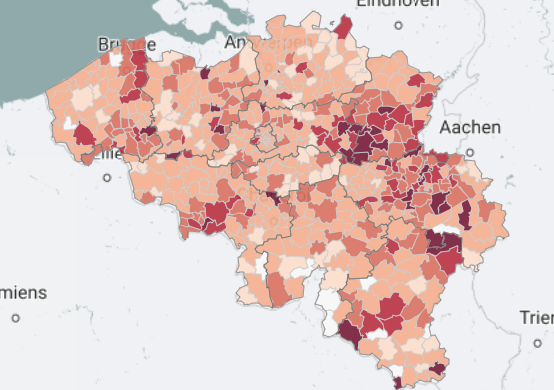
De Standaard voorziet een interactieve kaart waar het aantal bevestigde cases per gemeente wordt weergegeven.
23/04/2020

15/04/2020 – Interface Demography – Patrick Deboosere
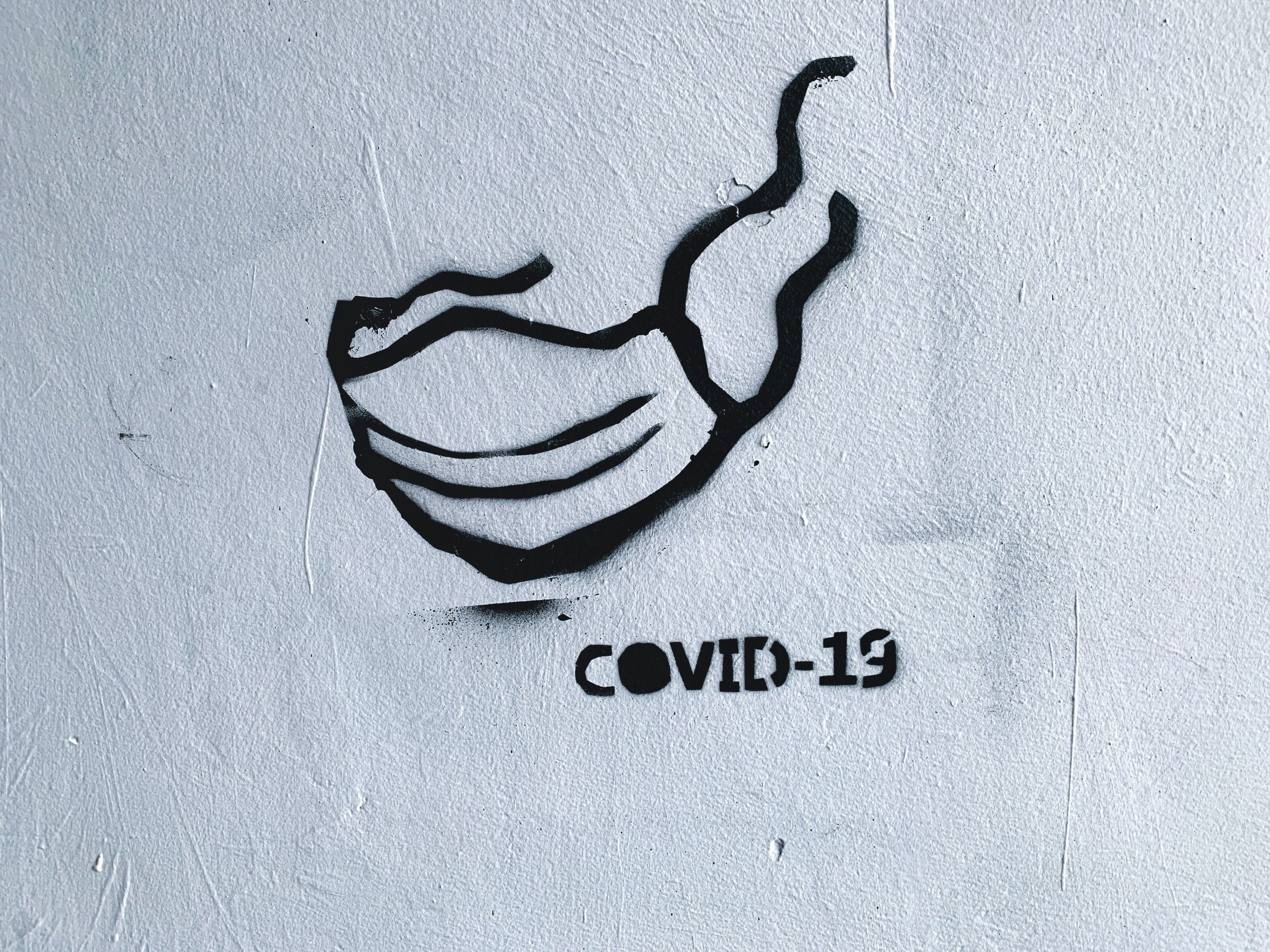
Sterftecijfer lag in maart niet speciaal hoger ondanks corona: hoe kan dit?
03/04/2020 – Interface Demography – Patrick Deboosere
Opinion pieces

Leg eindelijk die eerste steen. Bouwpakket voor een beter arbeidsmarktbeleid en een groots huis der sociale zekerheid (zonder koterij).
27/07/2020 – Interface Demography – Kim Bosmans & Jessie Gevaert

Ode to my park.
06/07/2020 – Interface Demography – Charlotte Noël and Lucía Rodríguez Loureiro
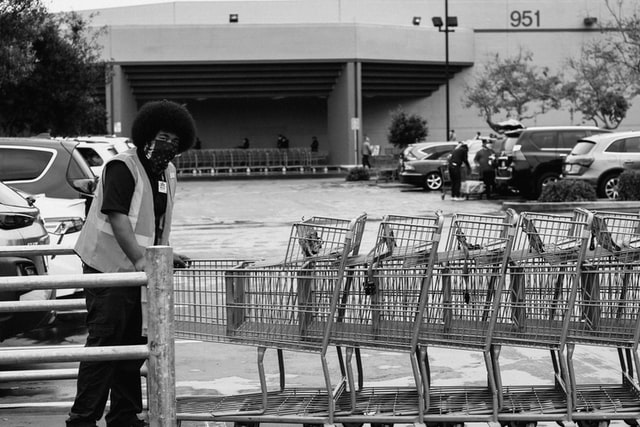
Wat leren de ‘essentiële beroepen’ ons over inkomensongelijkheid?
29/05/2020 – Interface Demography – Pieter-Paul Verhaeghe
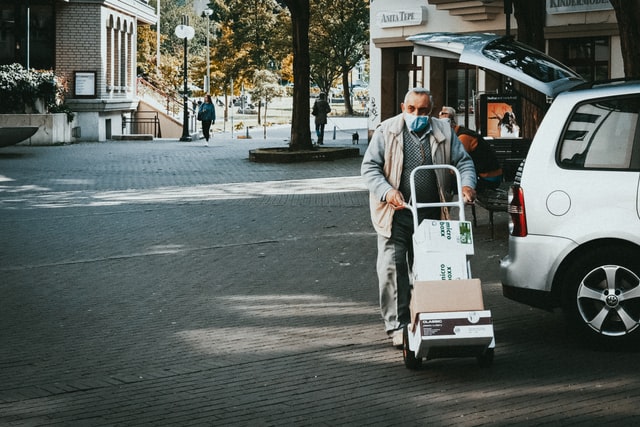
Was het allemaal wel nodig?
28/05/2020 – Interface Demography – Patrick Deboosere
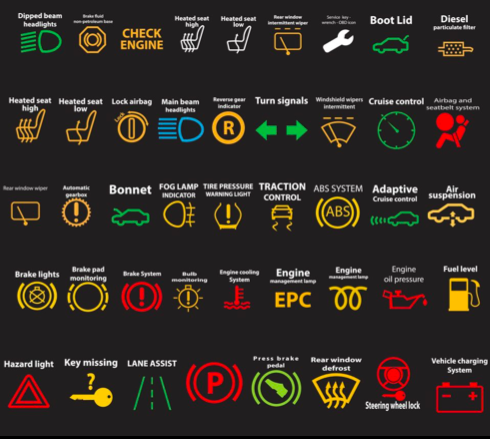
Reken maar op R. De R van reproductiegetal.
14/05/2020 – Interface Demography – Johan Surkyn

‘Werknemers met een precaire job en zelfstandigen worden het hardst getroffen door de noodzakelijke maatregelen van de coronacrisis en door de gevolgen ervan op langere termijn’, schrijven Jessie Gevaert en Kim Bosmans (VUB).
26/04/2020 – Interface Demography – Jessie Gevaert

Non, la Belgique n’est pas en tête des classements pour la mortalité. Et les chiffres le prouvent.
Une opinion de Raphaël Lagasse, médecin épidémiologiste, professeur de l’Université à l’ESP-ULB, consultant Epidémiologiste pour le GHDC.
17/04/2020
ID’s Recommended reads

Pandemics and the city (II): Covid-19, from the urban to the social fabric of cities – 05/01/2021
Discussions on how to transform the living environment in order to promote healthier lifestyles have usually orbited around chronic diseases, while infectious diseases were left unconsidered. This has recently changed since the onset of the Covid-19 pandemic as urban areas have become hubs of infections and played a central role in the rapid spread of the virus. In fact, the role of the city in the pandemics has added new elements to long-lasting debates on urban design, contrasting the gains and losses in city compactness and urban sprawl. In addition, not everyone in the urban space is affected in the same way by the spread of the virus: sociospatial inequalities in the cities imply that different groups are unequally exposed to infections.
This week’s ID’s recommended reads aim at presenting evidence on the urban and social factors determining the gravity of Covid-19 and other airborne infectious diseases in cities: a study comparing the role of urban density to the role of city connectedness; an article assessing the role of built and environmental factors; a study presenting a conceptual framework on residential segregation and the epidemiology of tuberculosis; and a commentary taking Toronto (Canada) and Milan (Italy) as departure point to point to the urban and social periphery as the Covid-19 epicentre.
> continue to ID’s recommend reads of this week
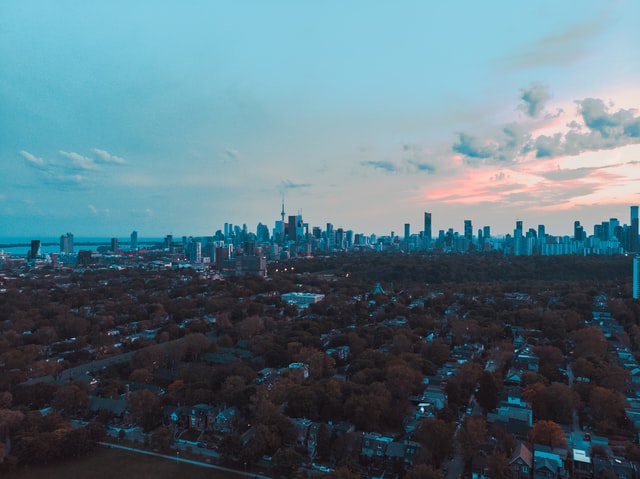
Pandemics and the city (I): After Covid-19, the cities of the future – 02/12/2020
“Hygiene and moral health depend on the layout of the cities. Without hygiene and moral health, the social cell becomes atrophied”, Le Corbusier, The City of Tomorrow and its Planning, 1928.
Throughout History, pandemics have shaped urban configurations. Waterborne and vector-borne infectious diseases, such as cholera and yellow fever, fostered the modernization and renovation of the sewerage systems and sanitation measures in many cities from the 1850s onwards. Airborne infectious diseases, such as tuberculosis have, however, spread easily in cities as of the 19th Century, affecting lower-class groups due to worse living conditions such as overcrowding and insufficient indoor ventilation. Despite initiatives in the 20th Century such as the Garden City movement aimed at increasing green and blue spaces in cities, or from Modernist architecture to create open, light and fair housing for all social strata, the containment measures for these diseases are still approached clinically.
The Covid-19 crisis now forces us to rethink urban planning for the ‘post-pandemic city’. Dense city centres have a major role in the spread of the virus. As they represent hubs of economic activity, interactions in cities are boosted. The pandemics could change the way people interact and move in urban areas. In this recent Financial Times article, several experts foretell a post-pandemic scenario including city reconfiguration with a key role for local governments, which could hopefully lead to more liveable cities with greater space for cultural and outdoor recreational activities.
This week’s ID’s recommended reads: a report on how the current urbanisation and growth models are unsustainable and help to promote infectious disease transmission, an overview on proposed built environment interventions to allow social distancing while promoting well-being, and a critical review of emerging questions on the future of public spaces.
> continue to ID’s recommend reads of this week
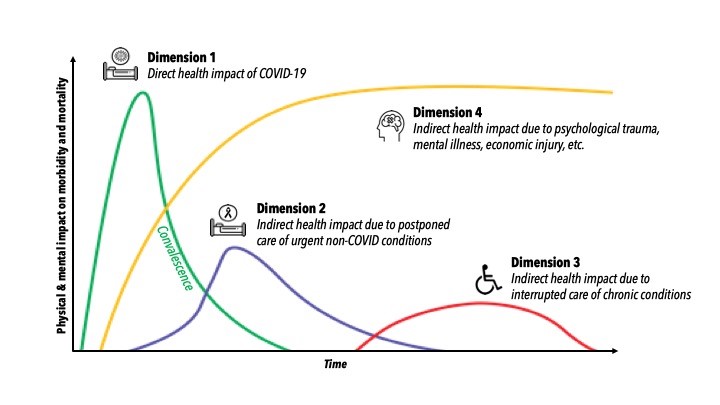
The multidimensional health impact of COVID-19 – 10/11/2020
The global outbreak of COVID-19 entails large societal and public health challenges. The health impact of the pandemic is not limited to the direct consequences of COVID-19 illness and death: the pressure on health systems and the unprecedented containment policy measures may cause indirect health impacts on multiple dimensions.
Although the overall impact of the COVID-19 crisis on population health can only be fully evaluated with the wisdom of hindsight, knowledge of the short-term and mid-term developments per health dimension is crucial for the further management of the pandemic. The following recommended reads provide valuable insights per health dimension and underline the importance of a multidimensional health perspective.
> continue to ID’s recommend reads of this week

Contextualizing outbreaks of COVID-19 in Belgium:
A news media analysis – 13/10/2020
When the spread of the new coronavirus becomes a global pandemic in the spring of 2020, Belgium is one of the most affected countries in the world. The COVID-19 virus spreads throughout the country since early March, but some areas are worse off than others. Official investigations were initiated by the health authorities, but to date no results have been divulged. The question remains: what cause the local outbreak of COVID-19 in Belgium. This investigation will review all hypothesis published in Belgian news articles between the outbreak and the end of the confinement period in order to identify and describe potential routes of transmission for the major outbreaks of COVID-19 in Belgium.
> continue to ID’s recommend reads of this week

The value of public green spaces during the COVID-19 pandemic – 06/10/2020
When on 30 January 2020, the World Health Organization declared COVID-19 an international public health emergency, many countries implemented policy measures reducing personal contact in order to ‘flatten the curve’. Social distancing became the norm in public space and restrictions on the use of public spaces were imposed in many countries around the globe in order to protect public health. These policy measures resulted in a shrinkage of both our physical and social world, thereby possibly collaterally damaging the physical and mental health of a substantial proportion of the population, particularly those in urban settings, and resulting in another threat for public health.
Public green spaces might partially counterbalance these negative health outcomes since they offer unique places to meet others, to break through isolations, to move, play and relax at a safe distance. The physical and even more the mental benefits of nature interaction and the ecosystem services provided by nature are nowadays well-established in the literature.
This weeks’ recommended reads highlight the value of public green spaces during the COVID-19 pandemic. The reads also address the topic of green justice and formulate suggestions for urban green space management and keeping parks and green spaces accessible during pandemics.
> continue to ID’s recommend reads of this week
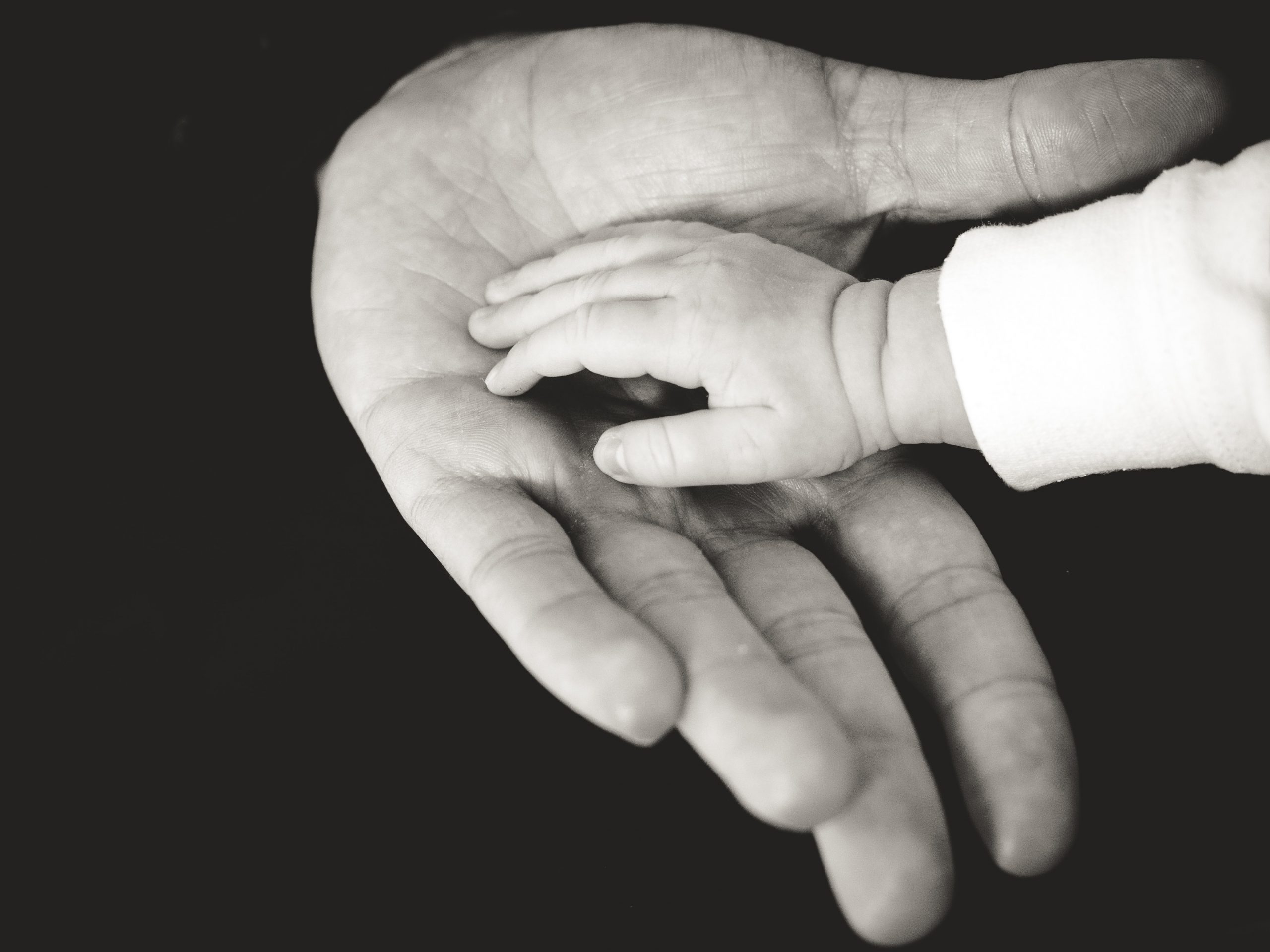
Recommended reads: childbearing desirability during the COVID-19 pandemic – 25/09/2020
At the very point governments introduced confinement measures to combat COVID-19 spread, newspapers jumped in with speculation about consequences for family formation and dissolution with titles such as “What’s it gonna to be after the coronacrisis: a real babyboom or a wave of divorce?”, and more recent additions claiming that filing for divorce is on the rise. The reasoning: physical intimacy will either increase, or the very opposite, while quite literally confined to one another.
This week’s post shows how academics are seeking to go beyond studying direct and indirect health effects of COVID-19 and policy measures, but also how family dynamics are affected. Readings include: a perspective on how the pandemic might affect human fertility in light of earlier crises, and a survey-study from Italy that is among the first to focus on the desirability of parenthood during this time, and an essay propagating a life course approach to future COVID-19 research that will help us understand long-term effects.
> continue to ID’s recommend reads of this week
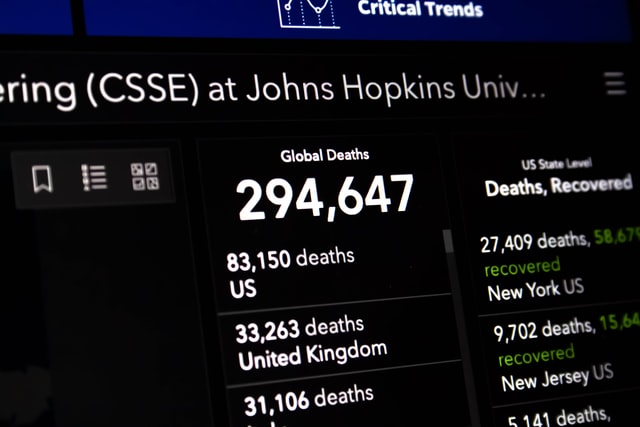
Recommended reads: Estimating the impact of the Covid-19 pandemic through excess mortality – 08/09/2020
From the beginning of the Covid-19 pandemic, excess mortality has been put forward as a key indicator to assess its evolution. Face to the lack of capacity for testing and the absence of established international criteria on Covid-19 death counts, there has been an evident concern about underestimating the health costs related to SARS-CoV-2 infection. Excess deaths provide an objective and comparable measure to estimate the impact of the pandemic using a population-based approach. Furthermore, it is very likely that it will be the only stable indicator available in the months to come.
This week’s recommended reads highlight the methodological aspects and implementation of excess mortality as an indicator during the corona crisis, containing: a complete overview of the advantages and limitations of excess deaths; a study comparing all-cause deaths and deaths attributed to pneumonia/influenza/COVID-19 during the outbreak period in the United States; and a small commentary on assessing health inequalities in excess mortality using both absolute and relative differences in mortality rates.
> continue to ID’s recommend reads of this week

Recommended reads: COVID-19, the gender regressive pandemic – 25/08/2020
Women are at the frontline of this pandemic in several ways. 70% of workers in healthcare and social care workers are women, and thus face higher exposures to COVID-19. Studies indicate that 75% of the world’s total unpaid-care work is also done by women. According to the UN, there is a Shadow Pandemic of domestic violence brewing within the crisis; 243 million women and girls have experienced sexual and or physical violence by an intimate partner in the past year.
This week’s recommended reads highlight different aspects of the effect of the pandemic on women: higher risks of exposure to the disease and differential access to treatment and equipment; increased burden of unpaid care work; increased risks of economic consequences and loss of jobs; intersectional vulnerabilities faced by migrant women workers in health care and domestic and service sectors.
> continue to ID’s recommend reads of this week

Short-term effects of lockdown measures on air quality – 27/07/2020
Lockdown measures, although unevenly implemented throughout the globe, had an evident impact on transportation and consequent air pollution levels. Assessing the impact on air quality was, however, difficult due to other factors, such as meteorological conditions, that contribute to overall air pollution levels, and the short study period available, insufficient to detect and quantify differences with pre-confinement levels. Now that confinement measures are gradually being reduced and air pollutant concentrations are raising again in the atmosphere, researchers are starting to detect significant changes in several air pollutants during the lockdown period.
The big question now is whether these short-term changes in air quality will affect our health and well-being, and how. Has it had an impact on the mortality related to COVID-19 or other respiratory infections? Will we see an effect on people with other underlying conditions, such as chronic obstructive pulmonary disease (COPD), asthma or hypertension?
This week’s recommended reads: Evidence of decreasing nitrogen dioxide levels all over the world and particulate matter in China, a literature review assessing the impact of air quality on the severity of respiratory infections, and results from an English survey among patients with lung conditions suggesting reduced respiratory symptoms during the lockdown.
> continue to ID’s recommend reads of this week

Labour migrants face higher risks of COVID-19 – 21/07/2020
In the past months, a large number of COVID-19 outbreaks have been traced back to congregate settings – at work and in housing conditions – and low-paid migrant workers. During the early months of the lockdown, while international borders were closed, several countries signed special deals to ensure that seasonal migrant labour was accessible during the harvest season. Since then, clusters of infection have also erupted among these groups. Early research indicates that these outbreaks are a result of precarious employment conditions of migrant workers and lack of occupational safety measures by employers. These factors intersect with low income, cramped housing, lack of healthcare and, in several instance, lack of access to information in multiple languages; thus, compounding the risk of exposure to COVID-19.
This week’s recommended readings: An analysis among workers in meat processing facilities that highlights conditions that increase their risk factors, an analysis of how seasonal worker policies have failed to address the basic rights of migrants in the face of the pandemic and a study of factors that make migrant farm workers more vulnerable.
> continue to ID’s recommend reads of this week

Employment inequalities and occupational exposure to COVID-19 – 14/07/2020
It has become increasingly evident that the fallout from COVID-19 is disproportionately higher among low income workers. Most jobs and workers deemed “essential” are likely to entail physical contact with other people (often in large numbers). These are also occupations with precarious contracts, low pay, lack of sick leave, few or no health benefits. Furthermore, occupational safety standards mandated by this disease, such as social distancing and sanitisation, are not enforced. Recent studies show how factors such as these heighten pre-existing structural inequalities, leaving workers in industries, farms, factories and even retail exposed in congregate settings and vulnerable to COVID-19.
This week’s recommended reading: An analysis of occupations at highest risk of COVID-19 and the average income of these occupations; a similar analysis based on data from the UK which shows how COVID-19 perpetuates a class divide, an analysis of sick leave policies in 193 countries which highlights a pattern of the lowest paid being the most vulnerable, and a look at how this impacts gig economy workers.
> continue to ID’s recommend reads of this week

COVID-19 as a Human Rights concern – 06/07/2020
The COVID-19 pandemic is a pressing domestic concern to highly industrialised countries with relative social, economic, and political stability. This however steers our attention away from how the current global health crisis affects marginalised population groups within Europe and countries in turmoil. Within and outside of Europe, already vulnerable populations are facing (threats of) multiple human rights violations due to or exacerbated by COVID-19.
This weeks’ readings are pieces that make us more conscious of these human rights threats. From Low-income children in the United States and Roma groups in the Balkan, to a global overview of populations under threat, ending with a United Nations Report on Human Rights during COVID-19. We present to you highly relevant and pressing matters that are deserving of high-quality empirical attention from our research community.
> continue to ID’s recommend reads of this week

Othering in Illness: stigma and discrimination in the face of COVID-19 – 30/06/2020
Responses to pandemics have historically evolved from underestimating the problem, to public response based on moralistic interpretations of what is happening. The idea that illness originated elsewhere leads to blaming foreign ‘others’. In the case of COVID-19: a country, an ethnic group, or even professionals that are trying their hardest to care for those affected. Although the research on this topic is limited to date, an increasing amount of academic reflections is being published.
This week’s recommended reading: empirical research on experiences of stigma and discrimination due to COVID-19 among specific population groups (Asian citizens and healthcare workers), and what we can learn from HIV Research during this pandemic.
> continue to ID’s recommend reads of this week

From the very beginning of the coronavirus pandemic, several studies have tried to link air pollution and severe COVID-19 outcomes, yielding positive results. It is plausible that air pollution could exacerbate COVID-19 and increase fatality; fine particulate matter causes inflammation and pulmonary damage, and health conditions aggravated by air pollution, such as hypertension or diabetes, are important risk factors determining the prognosis of the SARS-CoV-2 infection. Besides, the virus has been found in outdoor particulate matter.
However, it should be noted that the studies mentioned were not peer-reviewed, and yet they have received a massive media coverage. Perhaps this whole good-intentioned background noise made us miss the opportunity to listen to critical voices claiming for a more parsimonious interpretation of these findings; one that allows us to reflect thoroughly on the potential limitations and biases that these studies could entail and, what is most important, how to overcome them. After all, correlation does not imply causation.
This week’s recommended reading: a dialogue between emerging research outcomes on the relationship between ambient air pollution and the COVID-19 pandemic and their methodological critique. To conclude, we include a methodological review of ecological studies including suggested guidelines to overcome biases related to this study design.
> continue to ID’s recommend reads of this week

A virus that does discriminate? – 09/06/2020
Widespread statements on how ‘this virus does not discriminate’ in the media early during the COVID-19 outbreak were meant to promote confinement measures, but heavily contested in opinion pieces pointing out that ‘this virus might not, but confinement measures and their consequences do’. However, scholars are starting to delve into how the COVID-19 infections and deaths themselves might be differentiated by a variety of socio-economic and demographic factors (such as education, income, gender, migrant origin).
This week’s recommended reading: arguments as to why collecting socioeconomic information about COVID-19 patients is a matter of public health, and evidence using linked data sources on how this virus does, in fact, appear to discriminate.
> continue to ID’s recommend reads of this week

